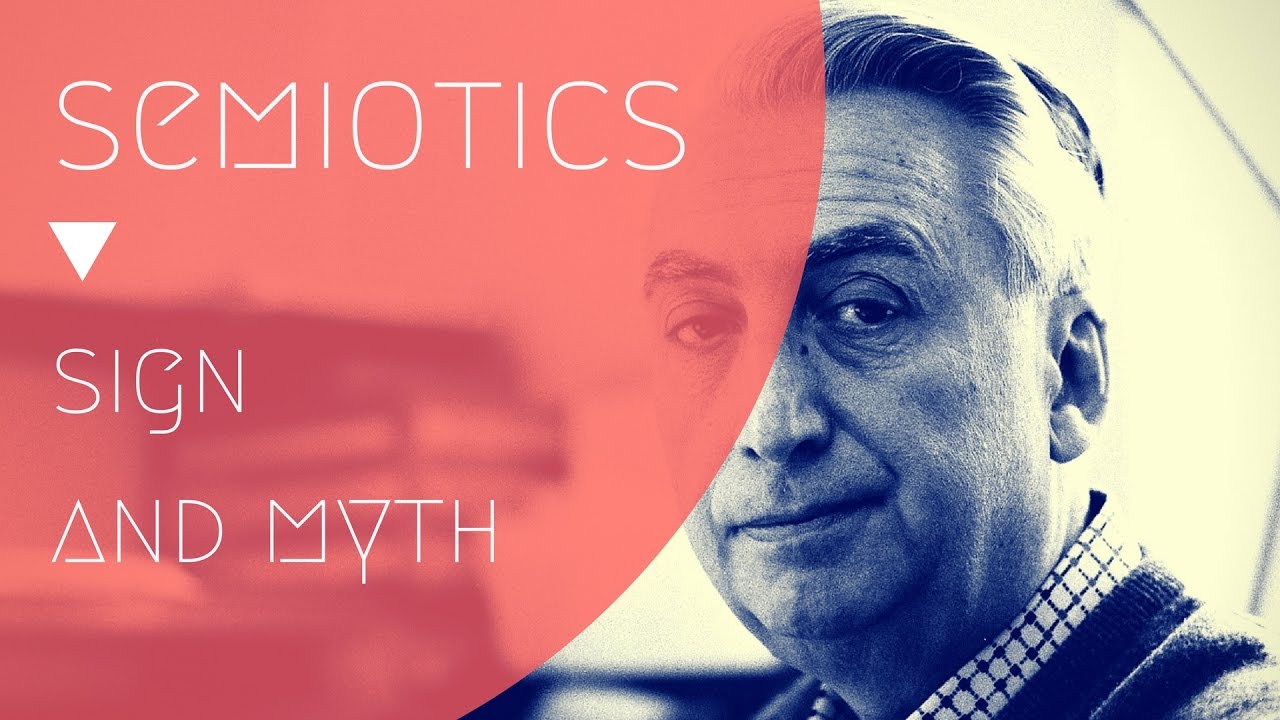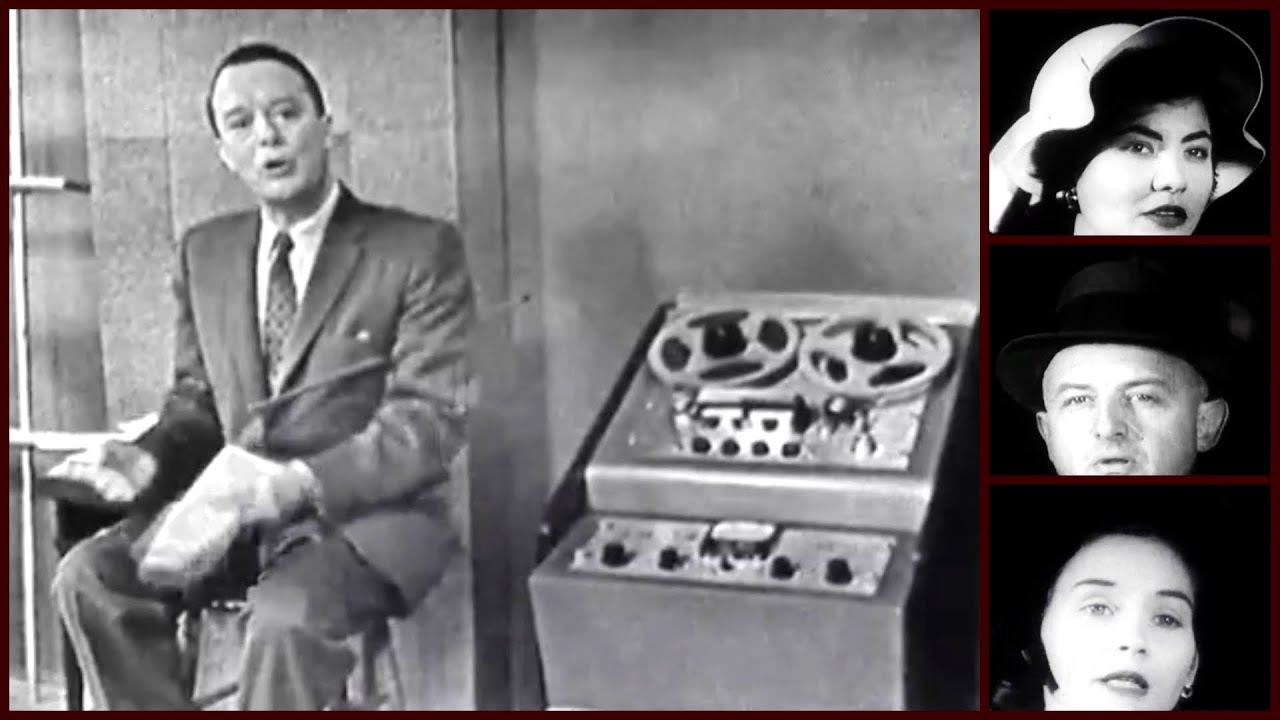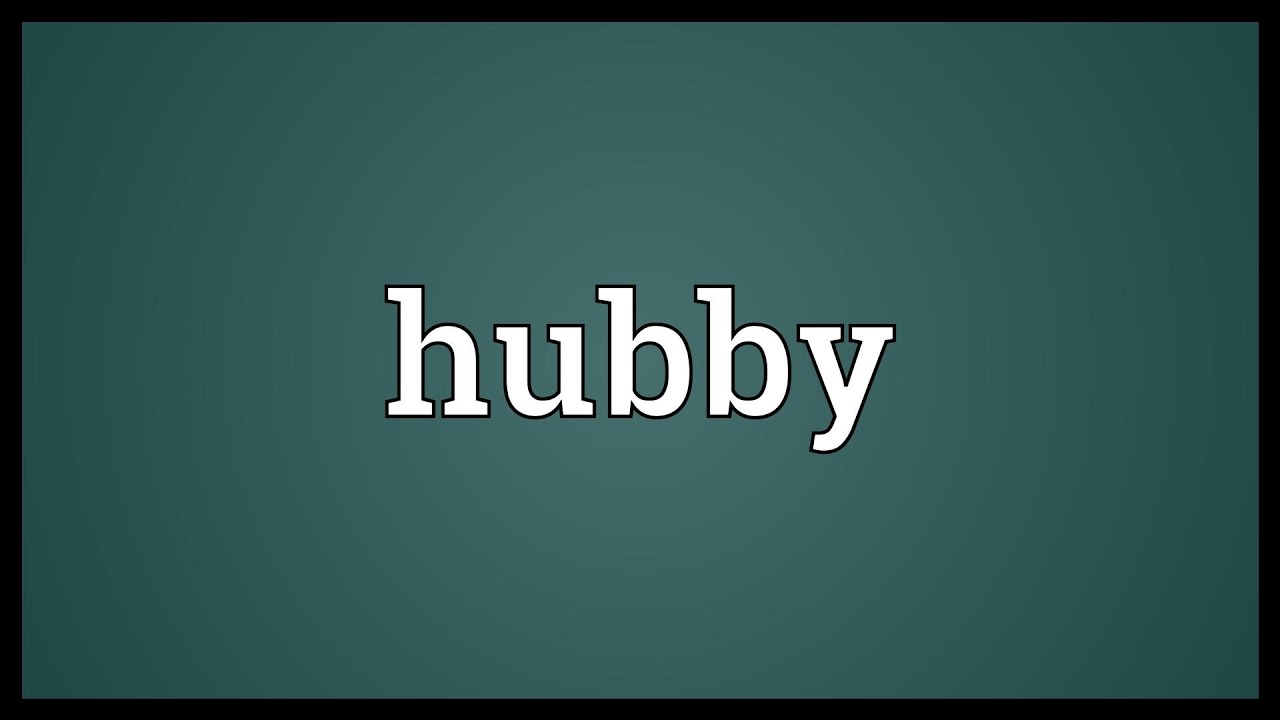Electric Didact
In which we explore the eminent field of theory known as semiotics, followed by a discussion of hashtags as signs, and how #AllLivesMatter is a semiotic myth of #BlackLivesMatter.
Part 2 of a 3-part series of vlogs looking into how language and meaning function.
Part 1: https://www.youtube.com/watch?v=IizL7YwZVDI
###
Twitter: https://twitter.com/electricdidact
Reddit: https://www.reddit.com/r/electricdidact
Blog/Author Site: https://electricdidact.wordpress.com/
###
Works Cited:
Ross Murfin and Supryia M. Ray, The Bedford Glossary of Critical and Literary Terms, 2nd ed., 2003, Bedford St. Martin’s
Roland Barthes, Elements of Semiology, 1968, Hill and Wang (https://www.marxists.org/reference/subject/philosophy/works/fr/barthes.htm)
Ferdinand de Saussure (trans. Wade Baskin), Course in General Linguistics, 1916 (1959), Philosophical Library
Roland Barthes (trans. Annette Lavers), “Myth Today, Mythologies, 1972, Hill and Wang
“#Herstory,” Alicia Garza, Black Lives Matter (http://blacklivesmatter.com/herstory/)
Ian Olasov, “How Did “All Lives Matter” Come to Oppose “Black Lives Matter”? A Philosopher of Language Weighs In.” Slate, July 18, 2016 (http://www.slate.com/blogs/lexicon_valley/2016/07/18/all_lives_matter_versus_black_lives_matter_how_does_the_philosophy_of_language.html)
SEE ALSO:
Paul Fry, “Semiotics and Structuralism,” YaleCourses, 2009 (https://www.youtube.com/watch?v=VsMfaIOsT3M)
George Yancy and Judith Butler, “What’s Wrong With ‘All Lives Matter’?” NYT (The Stone), January 12, 2015 (http://opinionator.blogs.nytimes.com/2015/01/12/whats-wrong-with-all-lives-matter/?_r=0)
###
Assets:
Roland Barthes (http://www.bbc.co.uk/programmes/b06qhlqk/episodes/player)
Black Lives Matter, Gerry Lauzon, CC-BY-2.0 (https://www.flickr.com/photos/bikeman04/15855236526/)
Black Lives Matter Minneapolis, Tony Webster, CC-BY-2.0 (https://www.flickr.com/photos/87296837@N00/22632545857)
Black Lives Matter protest march, Fibonacci Blue, CC-BY-2.0 (https://www.flickr.com/photos/44550450@N04/23051729395)
###
Music:
8 Valses poeticos – No.8. Presto (For Guitar – Edson Lopes), CC-BY-3.0 (https://musopen.org/music/3558/enrique-granados/8-valses-poeticos/)
Lieder ohne Worte, Op.67 – 2. Allegro leggiero, Takashi Sato, CC-BY-3.0 (https://musopen.org/music/3852/felix-mendelssohn/lieder-ohne-worte-op67/)




So semiotic myths are like language parasites!
Thumbs up for "hashtagthebeeeest". 😀
Jokes aside, despite going over the basics/most of this in introductory lit theory classes, we never talked about mythical signs that I can remember. I learned something today, and something that seems pretty damn useful too.
Great video!
I really feel the need to tell you your videos are great, and they have way less views than they should. Thank you for making great content, I'll spread it as much as I can.
Thank you so much!
This really helped as I was looking into how Barthes theory of 'Myth' can be applied to current day news/stories.
Is there a part 2 like you said in the video? Struggled to find it if there was :')
I am intrigued for Part 2!
Dude! It was confirmed once you said link in the doob-li-do. You are a nerd writer horcrux.
I, too, wanted to thank you for your fantastic–accessible breakdowns and relevant applications of lit theory. I'm a PhD lit (ABD) student at UNLV, and this semester I'm assigning some of your videos to my undergrads in both Freshman Comp and Mythology. Thank you for these amazing resources–they make my job SO much easier; wish they'd existed when I taught Lit Theory a few years back!!! 🙂
Great channel! Love your examples and explanation style.
Thank you so much! This was super helpful. ❤
I've spent my whole day reading "Myth today" and I just didn't get it. The whole sign, signifier, meaning, form, concept, … is really really abstract without the proper linguistic background (I hope I'm not dumb) or a fitting example to go along with it. Thanks a bunch
saussure is a swiss linguist not french
Thanks, the language/culture is so full of f$ckery. What you have explained is the magic of powerful language.
You're hot af!
Please make more videos.
The background music is too loud
Love it man. Really well put together. Keep it comin'
The Austrian School calling everything but free market "socialism" is a myth?
the background music is really distracting me from the difficult topic….
I couldn't finish it because of the loud distracting music. You don't need music on every video. Especially when explaining a complex concept.
great video topic and application… which book would you recommend on the topic?